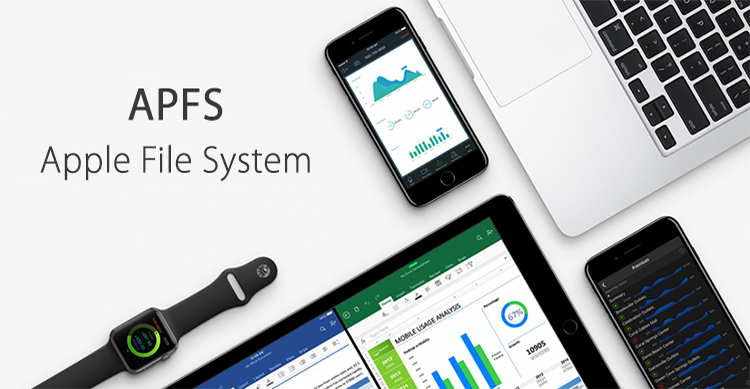From IOS 10.3, Apple will introduce the new File System (APFS) on iOS devices. This firmware version was released by two days, in the first beta, and some have already wanted to monitor changes in performance to determine if indeed the new file system is beneficial or not.
Before leaving the video comparisons, we want to remind you that the Apple File System was presented at WWDC 2016 and was introduced first on MacOS Sierra. Essentially replaces the old HFS +, a very old system suitable for floppy disks, CDs and the old memories. The other hand, Apple File System is optimized for flash memory and solid state. Among the improvements implements a copy-on-write mechanism, a native encryption system and other features.
All this results in the possibility of faster access to data stored in memory, to resize partitions without having to change the structure of the disc and without wasting the free space of another partition. In addition, the “duplicate” files do not take up more disk space. Only when a copy is modified, resulting indeed different from an existing file, then it will be written to disk as a stand-alone files that will occupy space. We will eventually Fast Directory Sizing, which will allow us to know as quickly as the size of a folder, and more. IOS greatly appreciate the opportunity to share files between applications without requiring them to be copied into the sandbox of each of them, thus reducing the time for the opening of a file downloaded from Safari, and do not involve any use of additional memory.
At the moment the APFS is still in beta, but you can already notice small differences in the devices with IOS 10.3 beta 1. The results mark a Geekbench score higher for updated devices to iOS 10.3 compared to 10.2.1.
 
;



Recent Comments